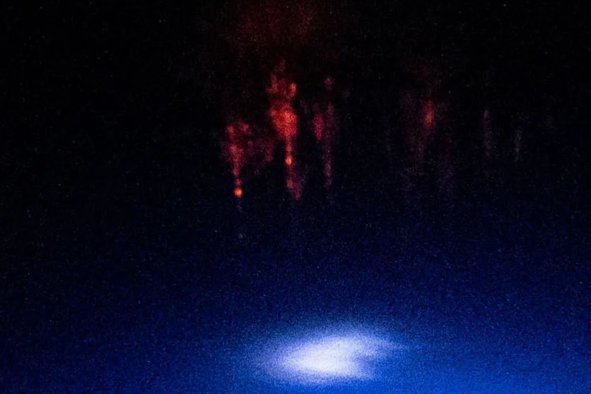Researchers in Brazil have discovered that both Mayaro and chikungunya viruses are unexpectedly circulating in the Amazon rainforest at the same time.
This discovery overturns the belief that antibodies from one virus would prevent an infection influx from the other in the same area.
Samples analyzed between December 2018 and December 2021 showed outbreaks of both infections in Roraima, Brazil's northernmost state.
Mayaro and chikungunya are arboviruses, viruses transmitted by arthropods, such as mosquitoes. Other examples include dengue, yellow fever and Zika.
A team of infectious disease specialists from the Sao Paulo Research Foundation hypothesized that antibodies and T-lymphocytes (a type of white blood cell) accumulated by one infection should provide antigens to prevent other outbreaks in nearby areas.
Despite this, blood samples from 822 people at local clinics showed 190 patients (23.1 per cent) tested positive for more than one arbovirus. This analysis enabled the team to map viral circulation in the region, proving the presence of Mayaro and chikungunya.
Though no person tested positive for both viruses simultaneously, the study showed that 13 cases of chikungunya co-circulated during Mayaro's regional peak between January and July 2021.
The research was published in the journal Emerging Infectious Diseases published by the Centers for Disease Control and Prevention.
Most arbovirus symptoms are very similar: joint pain, high fever, and skin rashes are all common features, and not all people receive medical treatment for them.
Health care providers diagnose arboviral infections by assessing the patient's clinical symptoms and conducting laboratory tests on blood and other body fluids to detect evidence of infection.
Both illnesses can vary in severity. Mayaro is considered to be the milder of the two and formally deemed non-fatal. Limited studies report occasional neurological complications, hemorrhaging, and fatalities from encephalitis (brain inflammation).
Approximately 320,000 cases of chikungunya have been reported worldwide in 2024 so far, leading to over 120 deaths of higher risk patients such as young children and those with long-term health conditions.
In addition to the Sao Paulo Research Foundation, the latest research stems from a collaboration between experts from institutions across the world, under the umbrella term Amazon+10. They say that deforestation has contributed to an increase in different arboviruses coexisting.
Numerous studies show that when industrial development allows people to encroach closer to previously unexplored parts of the forest disease rates increase, and urbanization means locals come into contact with vectors like bats, monkeys, bats and rodents.
Deforestation for farmland, illegal mining, and logging has boosted the spread of viruses of all kinds. An additional 395,520 acres of cleared forest—the equivalent of nearly 300,000 football fields—was linked to an additional 10,000 cases of malaria in one Stanford University study.
Now, the objective is to highlight the need for increased public health efforts to monitor and control the spread of these viruses.
"Improved and expanded molecular and genomic surveillance, encompassing the mosquitoes that act as vectors as well as the human population, would help us detect a human-amplified transmission cycle," said Amazon+10 member José Luiz Proença-Modena, in a statement.
"We need robust surveillance, not only to find out how much the virus's circulation dynamics may be affected by human activities in forest areas but also to predict possible new outbreaks," he said. "All these diseases are highly incapacitating. They cause financial and social harm to patients, and incur a heavy burden for the health system to provide treatment."
Do you have a tip on a science story that Newsweek should be covering? Do you have a question about mosquito-based infections? Let us know via science@newsweek.com.
Disclaimer: The copyright of this article belongs to the original author. Reposting this article is solely for the purpose of information dissemination and does not constitute any investment advice. If there is any infringement, please contact us immediately. We will make corrections or deletions as necessary. Thank you.



